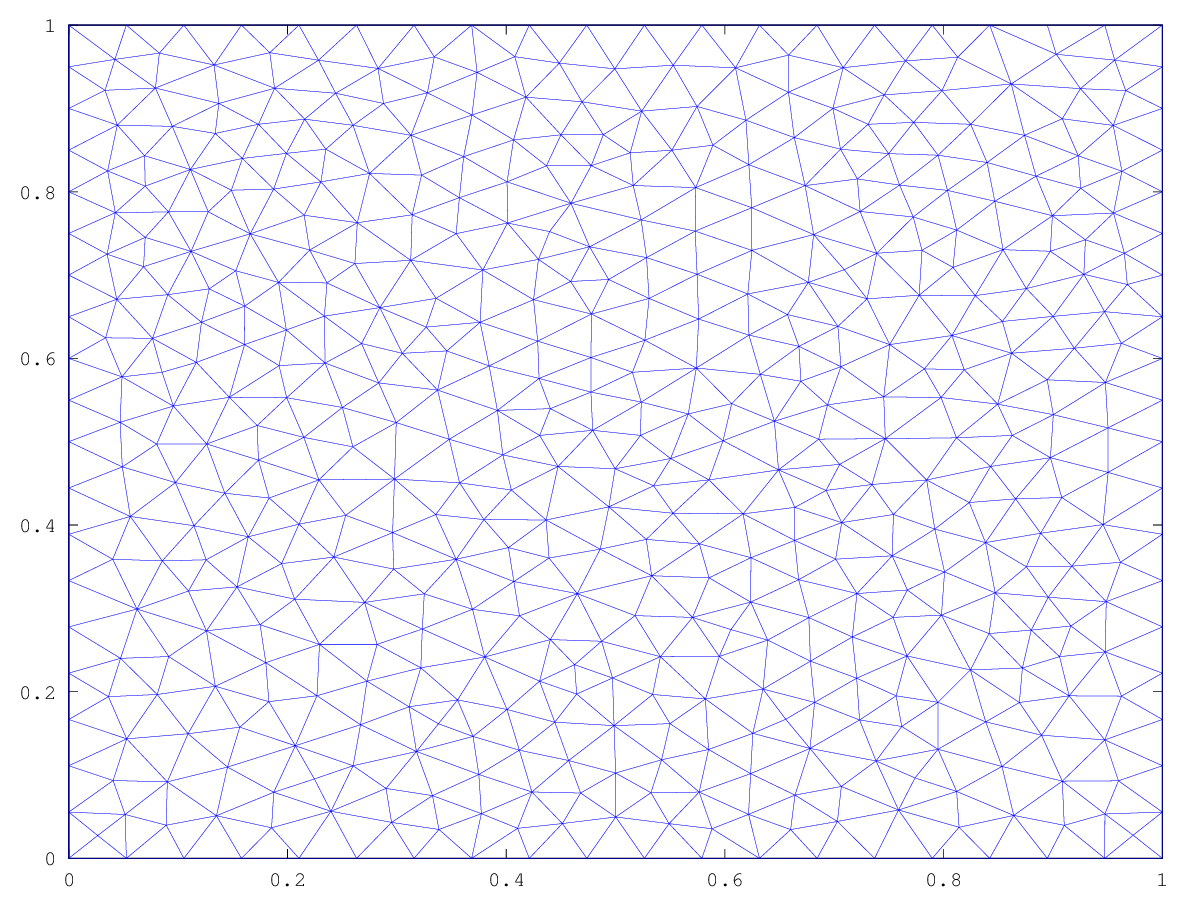

When I imported the mesh into Foam it didn't complain.ĭo you think it's still a mesh (face ordering) problem, or it's something else I'm doing wrong? In file: meshes/fvMesh/fvPatches/derivedFvPatches/cyclicFvPatch/cyclicFvPatch.C at line: 62. > FOAM FATAL ERROR : face 0 and 889 areas do not match by 31.4626% - possible face ordering problemįunction: cyclicFvPatch::makeWeights(scalarField& w) const Well, when I finally set up a case with the engine mesh you've helped me to import, running dieselEngineFoam, produces this error:Įxec : dieselEngineFoam /home/ervin/OpenFOAM/ervin-1.1/run/tutorials/dieselEngineFoam motor1 2D or 3D mesh generation -o meshfile.msh to specify the name of the mesh file. Gmsh supports many CAD file formats such as STEP, IGES, and STL, as well as also includes a variety of integrated mesh generation algorithms, such as from Triangle, Tetgen, and Netgen, Gmsh can be used together with FEATool to allow for more complex geometries and models to be meshed than the built-in grid generator. All text after the -run is propagated to GMSH, see sample options below. fegmsh then outputs the model processed by gmsh, which is usually written in. All characters in the command after -run will be passed to the gmsh batch call performed. Gmsh is a really nice 3D structured mesher and it's worth being able to use these meshes in Foam. these are valid GMSH variables: L is just the length of the Si sample. Gmsh is a popular cross platform and open source mesh generation software. Command option -run allows to run gmsh on the written file for meshing. In this case the error message is the following:Įxec : gmshToFoam /home/ervin/OpenFOAM/ervin-1.1/run/tutorials/dieselEngineFoam motor2 motor1.msh These files are run through the GraphicsProcessorMSH. all of which are called read, and all of which read.
The specification of any input to these modules is done either interactively using the graphical user interface, in ASCII text files using Gmsh's own scripting language (.geo files), or using the C++, C, Python or Julia Application Programming Interface (API). Reading Gmsh files into dune-grid is done by the class templateMSH files are defined using XML source files with the extension. Gmsh is built around four modules: geometry, mesh, solver and post-processing. with physicals - created 5 physical surfaces and 1 physical volume MSH (mesh) files define a 3D mesh, to be referenced by MMH files when creating models in the game.

> FOAM FATAL ERROR : Problem : cannot find face 4(0 11 130 129) in patchĢ. construct from shapes.) :įound 8426 undefined faces in mesh adding to default patch. Root : /home/ervin/OpenFOAM/ervin-1.1/run/tutorials/dieselEngineFoam The error message I get is the following:Įxec : gmshToFoam /home/ervin/OpenFOAM/ervin-1.1/run/tutorials/dieselEngineFoam motor2 motor2.msh msh file and tried to apply gmshToFoam to it.

I've finished a lovely 3D 1/8 engine mesh in gmsh, with hexahedral elements, saved it as version 1. ) * v ( '+' ) * dS ( 13 ) # set homogeneous Dirichlet boundary conditions on the rectangle boundaries # the tag 11 referes to the horizontal edges, the tag 12 refers to the vertical edges DirBC = DirichletBC ( V, 0, ) # define u to contain the solution to the problem under consideration u = Function ( V ) # solve the variational problem solve ( a = L, u, bcs = DirBC, solver_parameters = )Ī python script version of this demo can be found here.Import gmsh msh to Foam - CFD Online Discussion Forums The gmsh -namespace identifies the input as an input-parser for the gmsh mesh format. > Thank you > Jean-Baptiste > PS: beside that issue, I've been using gmsh to pre-process a few CFD simulations and it's been. use gmsh air-channel.stp -clcurv -clscale 0.2 > I also attach the original step file and the final geo file.
#Gmsh .msh sample files trial
From firedrake import * # load the mesh generated with Gmsh mesh = Mesh ( 'immersed_domain.msh' ) # define the space of linear Lagrangian finite elements V = FunctionSpace ( mesh, "CG", 1 ) # define the trial function u and the test function v u = TrialFunction ( V ) v = TestFunction ( V ) # define the bilinear form of the problem under consideration # to specify the domain of integration, the surface tag is specified in brackets after dx # in this example, 3 is the tag of the rectangle without the disc, and 4 is the disc tag a = 2 * dot ( grad ( v ), grad ( u )) * dx ( 4 ) + dot ( grad ( v ), grad ( u )) * dx ( 3 ) + v * u * dx # define the linear form of the problem under consideration # to specify the boundary of the boundary integral, the boundary tag is specified after dS # note the use of dS due to 13 not being an external boundary # Since the dS integral is an interior one, we must restrict the # test function: since the space is continuous, we arbitrarily pick # the '+' side. Recent nigtly builds have also improved automatic curvature-based mesh size calculation, so you can e.g. The purpose of this demo is to summarize the key structure of a gmsh.geo file that creates a Firedrake-compatible mesh.


 0 kommentar(er)
0 kommentar(er)
